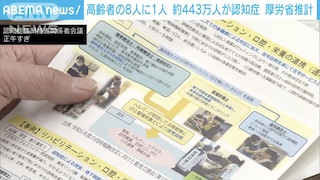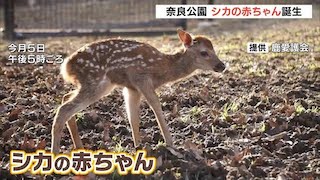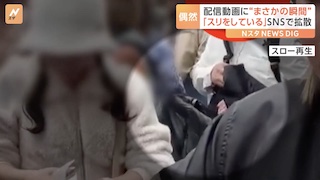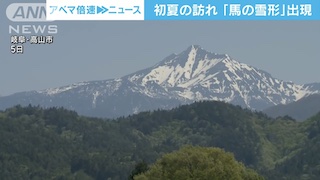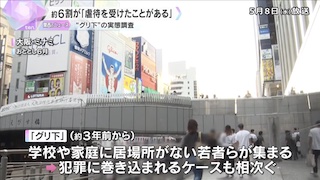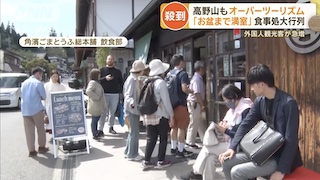Jan 18 (Japan Times) - An international group of geologists on Friday formally adopted “Chibanian†as the name of a geologic age spanning 770,000 to 126,000 years ago, researchers said, marking the first time a Japanese name has been chosen.
The term means “Chiba age†and derived from a geological stratum discovered in Ichihara, Chiba Prefecture. The name was adopted at an executive meeting of the International Union of Geological Sciences in Busan, South Korea.
The Chiba stratum is exposed on a cliff along the Yoro River in Ichihara, a city on the Boso Peninsula. In the stratum, minerals found in good condition clearly show that the last known reversal of the Earth’s magnetic fields — the switching of the north and south magnetic poles — occurred 770,000 years ago.
Over Earth’s 4.6-billion-year history, scholars have identified 117 separate geological ages, according to the Ichihara Municipal Government. The Chibanian Age defines the boundaries of the second-youngest of the four ages in the Pleistocene Epoch. Most of these boundaries are identified in Europe.


